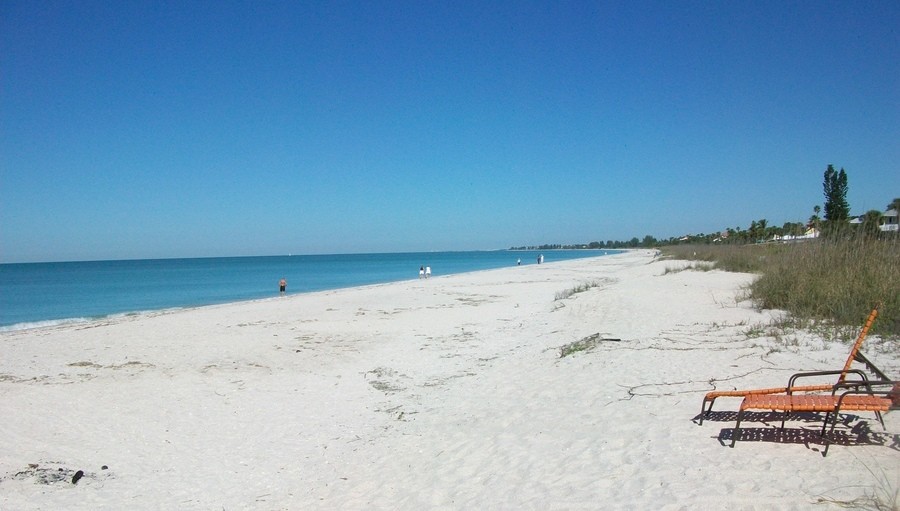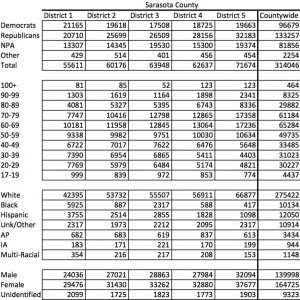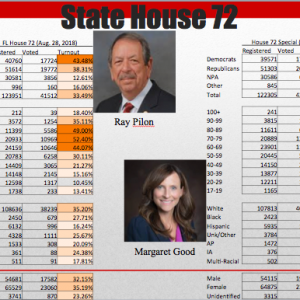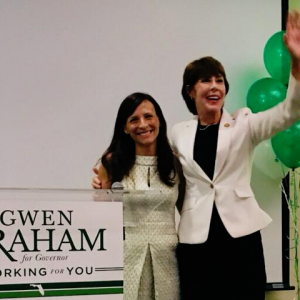The Liberal in Liberal Arts
Guest Correspondence
SRQ DAILY
SATURDAY SEP 10, 2016 |
BY DONAL O'SHEA
I am often asked what it is like to be a mathematician who is president of a liberal arts college. But I never get asked what a liberal arts college is. That is because everyone thinks they know. And because everyone thinks they know, misperceptions abound. Let me address some of them.
First, the phrase “liberal arts” has nothing to do with the word “liberal” in the political sense, or with the word “arts” in the aesthetic sense. Instead, the term “liberal arts” comes from the Latin artes liberales, which refers to the subjects and skills that were considered to be essential for a free person in ancient Greece and Rome. In those times, there were seven such disciplines: grammar, rhetoric, logic, arithmetic, geometry, music and astronomy. Since both Greece and Rome were slave states, and most people were not free, the liberal arts have sometimes been characterized as education for elites.
Over time, as knowledge grew, as more complex societies needed more educated citizens, and as the internal dynamics within universities played out, these seven core disciplines multiplied and morphed. Nowadays, the 30 to 40 liberal arts disciplines that are central to all Western universities and typically housed in a university’s school of arts and sciences are usually classified into three divisions: the arts and humanities, the social sciences and the natural and mathematical sciences. The phrases “liberal arts” and “arts and sciences” are synonymous.
In particular, the liberal arts disciplines include the sciences, so that the term “liberal arts and sciences” sounds as goofy as, say, “humans and teen-aged boys.” Likewise, the liberal arts have always included mathematics, at least in the form of arithmetic and geometry, so mathematicians are as at home in liberal arts institutions as musicians.
A "liberal arts college" is a university in which most degrees awarded are baccalaureate degrees in a liberal arts discipline. Put differently, a liberal arts college is like the school of arts and sciences at large research university without the professional schools and without too many graduate programs. A national liberal arts college, like New College of Florida or Eckerd College, is a liberal arts college that draws students from outside the region in which it is located and from across the country. Such colleges are usually residential, with most students living on or near campus (and away from their parents’ homes). There are a little over 200 national liberal arts colleges in the United States, with most enrolling between 800 and 3,000 students.
Liberal arts colleges (and schools of arts and sciences in research-intensive institutions) are intensely disciplinary. To get an undergraduate degree, you need to major in a liberal arts discipline, which means that you need to acquire the skills needed to master that discipline and to be able to view the world through that discipline. Good universities require breadth as well as depth, and to graduate you must take courses in a number of disciplines outside your major.
Confusingly, however, most US college students attend one of the more than 4,000 universities that are neither liberal arts colleges nor research-intensive universities. At these universities, many of the professional schools, such as the business, divinity, education, engineering, fine arts, journalism (or communications), hospitality school, law, management, medical, pharmacy, public health, nursing, social work or veterinary schools, offer undergraduate degrees. The distribution courses that students are required to take outside their majors are usually in liberal arts disciplines, and called “liberal arts” requirements, which gives the (false) impression that liberal arts disciplines are things that you don’t major in—at least if you want a job. Worse, state and federal pressure to graduate more students has led some universities to introduce degrees in “liberal arts” or “liberal studies” that do not even require a major: just 32 courses that need not be related. This cynical practice contributes to the misapprehension that the liberal arts are for those who do not know what they want to do.
To add to the confusion, some educators and educational associations use the phrases “liberal education” and “liberal learning” to refer to educational practices that seek to cultivate “critical thinking,” the practice of examining evidence, forming opinions based on data, weighing uncertainty and making decisions with necessarily incomplete information. In this framing, any subject or set of skills, in any walk of life, can be taught “liberally” by encouraging the student to keep a critical distance from whatever is being taught, no matter how narrowly technical or formulaic, and to reflect on it. Together with the skills of clear, precise and persuasive written and oral expression, critical thinking is one of the outcomes any liberal arts college most desires for its graduates.
So, what do I do? I try to use language that I think my listener will understand, and I tend to use “arts and sciences” instead of “liberal arts” and “residential arts and sciences college” instead of “liberal arts college.” I avoid the phrase “liberal learning.” Some say that I have given up the good fight, but I do have principles: I cannot bring myself to utter the phrase “liberal arts and sciences.”
Donal O'Shea is president of New College of Florida.
« View The Saturday Sep 10, 2016 SRQ Daily Edition
« Back To SRQ Daily Archive










